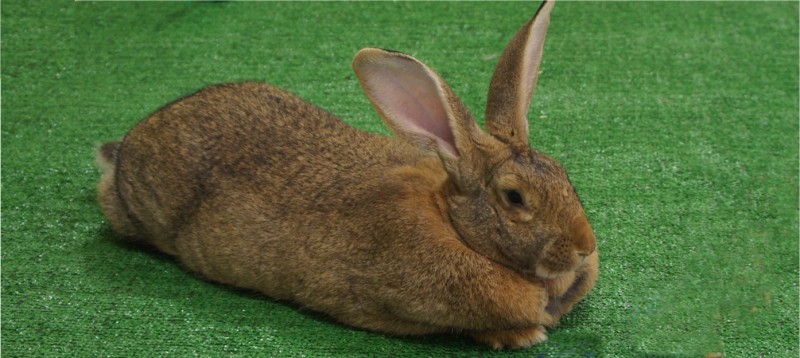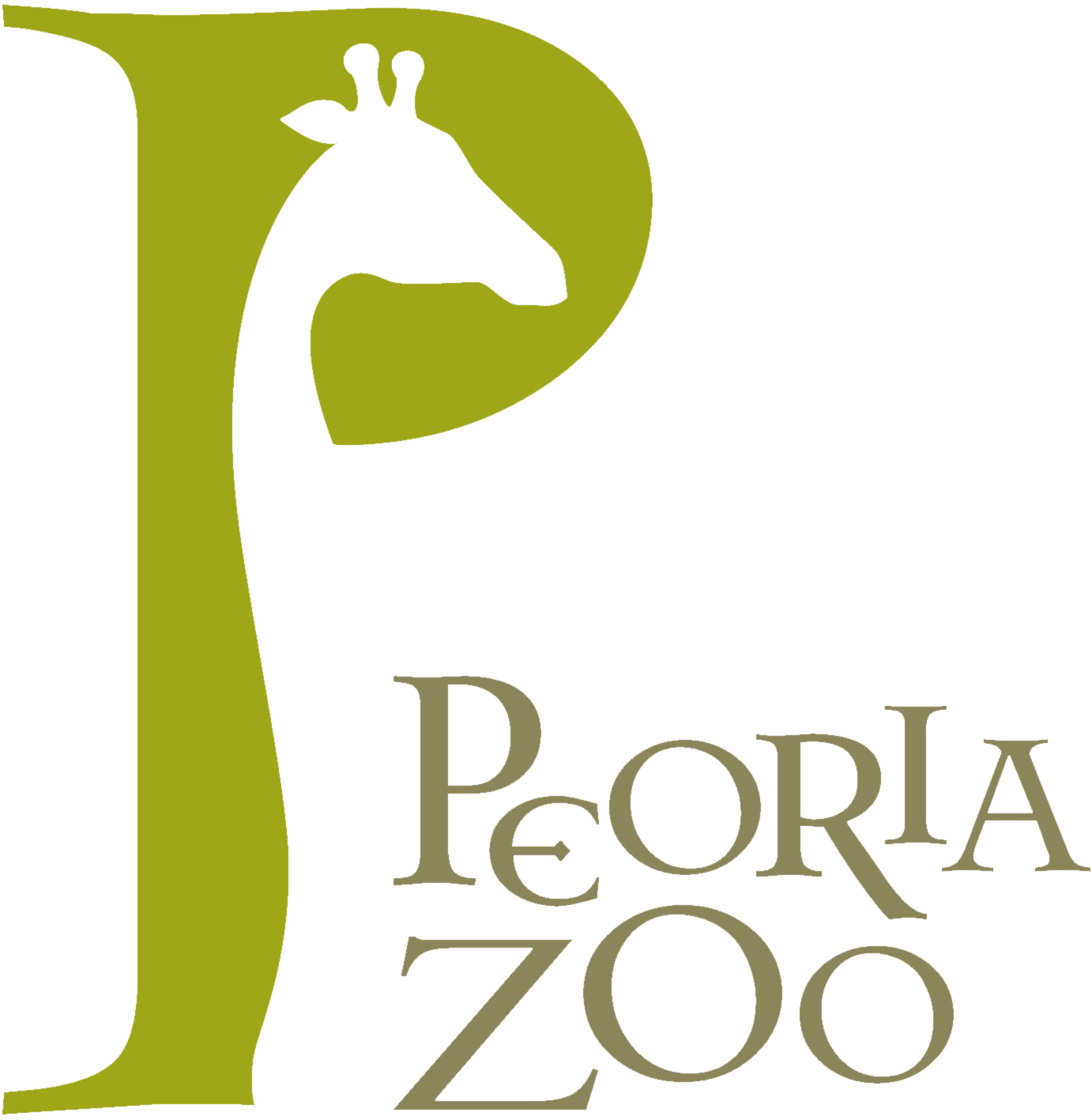Giant Flemish Rabbit - Oryctolagus cuniculus

Habitat:
Domesticated. Must be kept in a large area due to size and have adequate food and water available. Because of their size, these rabbits need a fairly large space in which to roam, but they can be litter-boxed trained which means that they can also be allowed to move freely indoors.
Range:
Domesticated. Flemish Giants are a very old breed of domesticated rabbit, and its origins are still disputed. It is believed that these rabbits probably originated from Argentina and are descended from a rabbit still in the wild there (the Patagonia rabbit). However, in Patagonia the rabbit has remained wild and not been subjected to selective breeding, leaving it as it was hundreds of years ago. Originally raised for meat and fur, the Flemish Giant already existed in Belgium by the 16th century. The first standards for the breed were written in 1893. It is also around this time that they were first imported into the United States from Belgium and England. Flanders is its adopted country and where it was disseminated from throughout Europe (Thus explaining the name.)
Activity Cycle:
Diurnal
Features:
Their body shape is semi-arched and referred to as “mandolin” because in its natural resting pose it resembles the shape of the musical instrument. Some (especially females) may have a full dewlap (a fold of skin under their chin) that they pull fur from to warm their young. Seven standard colors: black, blue, fawn, light gray, sandy, steel gray and white. Although a domesticated breed, Flemish Giants still retain certain adaptations of wild rabbits. They have large ears that contribute to excellent hearing, and good eyesight, both of which would help them detect predators.
Size:
LENGTH: up to 2.5 feet WEIGHT: male: up to 22 lbs; female: up to 20 lbs
Social Structure:
The male rabbit is called a buck, the female is a doe, and baby are called kits. A group of rabbits is a warren.In captivity, Flemish Giants can be docile and tolerant of handling; frequent interaction with humans is a requirement for this to occur. Flemish Giants, like all rabbits, can become fearful, and sometimes violent, if handled incorrectly or irresponsibly.
Life Expectancy:
8 – 10 years
Diet:
Grass Hay, Vegetables, Fruits, Rabbit Pellets
Reproduction:
A female is considered mature at either 8 months old or 14 pounds. A female will on average gives birth after 31 days with a typical litter size of 5-12 young. Wild rabbits cannot breed with domesticated rabbits successfully due to varying amounts of chromosomes.
Status:
Domesticated, listed as "near threatened" according to the IUCN.
Interesting Facts:
- Today’s pet rabbits were first domesticated in the middle ages from wild European rabbits of the species Oryctolagus cuniculus. More than 40 breeds are recognized by the American Rabbit Breeders Association, which range from rabbits that weigh only a couple of pounds to those that weigh 20 pounds or more.
- Their eyes are limited in terms of depth perception and close-up vision. Instead, the rabbit’s vision system is designed to pick up any kind of movement at a far distance. They are constantly aware of potential predators on the ground and in the sky. Rabbits are crepuscular, meaning they are most active at dawn and dusk.
- Flemish Giants are the true giants of all rabbits. They can grow to immense size, reaching four or more pounds in 7 weeks, and maturing up to 18 pounds in 9 months. There are reports of some males weighing up to 28 lbs.
- Cecotrophy: Rabbits are unable to absorb all of their nutrition via the intestinal wall, but can still get it by eating their cecals (or cecotropes). (These are not the same as feces, which are round dry droppings seen around the rabbit’s territory and in the litter box.) Cecotropes are often not seen by humans because they’re taken straight from the anus, but they look like dark small mushy blobs. Baby rabbits eat their mother’s cecals as well as drink her milk. Rabbits will redigest their droppings as much as 12 times for remaining nutrients.
- Rabbits have scent glands under their chin and will rub their scent glands on almost everything in order to claim ownership and mark territory. Even people can be marked, though they cannot smell the scent.
Prices
- Adult (13 and over)$12.50
- Child (2 - 12)$9.00
- Child (1 and Under)FREE
- Senior (65+)$11.50
- Active Military$11.50
We begin transferring animals to evening (off exhibit) holding at 4:30 each night.
Find Us
2320 N. Prospect Rd.
Peoria, IL 61603
Phone: 309-686-3365
Open Daily 10:00-5:00
Last admission at 4:30
